Search Results for Tag: Arctic
Greenland ice holds Cold War peril
It sounds like something from a science-fiction novel or a disaster movie. A hidden city under ice, housing 200 people, complete with hospital, cinema, church and research labs – and powered by a mini nuclear reactor. In fact it is reality and lies below the ice of north-west Greenland. The building of Camp Century was started in 1959, by US army engineers.
The camp was abandoned when the glacier above turned out to be shifting much faster than expected in 1967, threatening to crush the tunneled base below. Pollutants including PCBs, tanks of raw sewage and low-level radioactive coolant from the nuclear reactor were left behind.
“When the waste was deposited there, nobody thought it would get out again”, William Colgan, an assistant professor in the Lassonde School of Engineering at York University in Canada, told AFP. Colgan is co-author of a study published in August: Melting Ice could release frozen Cold War-era waste.
Unfortunately, recent research results have told us that the ice island of Greenland is melting even faster than previously thought. A new study published this week in the journal Science Advances using GPS to help estimate how much Greenland ice is melting, comes to the conclusion it is losing around 40 trillion pounds more ice a year than scientists previously thought. That is around 7.6 percent of a difference.
GPS maps past and future ice loss
Most measurements of ice sheet loss use a satellite that measures changes in gravity, and uses computer simulations to calculate the weight loss of ice. But co-author Michael Bevis of Ohio State University told the news agency AP that a portion of the mass calculated by the satellite as ice mass, is actually made up of rocks, which rise up to replace the ice when it goes. This distorts the picture, giving the impression there is more ice than there actually is.
The new study also reconstructs ice loss from Greenland over millennia and comes to the conclusion that it is the same parts of Greenland – the north-west and the south-east – which are losing most ice today as in the distant past. The authors say this means the rapid ice lost we have seen over the last 20 years is part of a long-term trend, being exacerbated by climate change. Damian Carrington in the Guardian, quotes Christopher Harig from the University of Arizona as an independent scientist not involved in the study:
“The new research happening now really speaks to the question: ‘How fast or how much ice can or will melt by the end of the century?’ As we understand more the complexity of the ice sheets, these estimates have tended to go up. In my mind, the time for urgency about climate change really arrived years ago, and it’s past time our policy reflected that urgency.”
Frozen hazards await release
Coming back to Camp Century – here, and elsewhere in the “frozen North”, a lot of the perils once locked safely inside an icy safe are now lurking ready to emerge when the time comes. Colgan led a study published in August in the journal Geophysical Research Letters, which found that higher temperatures could eventually result in toxic waste from the base being released into the environment. By 2090 the amount of ice melting may no longer be offset by snowfall, meaning the toxic chemicals could start leaking into the environment, the study found. Even before that, fissures in the snow could lead to melt water seeping into the crushed tunnels, currently located just 35 metres below the surface.
This is just one spectacular example of a problem that is widespread across the Arctic. Anthrax spores, nuclear waste from subs and reactors … and these are only the human-made dangers. The permafrost is sometimes described as a “time bomb”, with masses of methane and carbon stored as part of natural processes coming to the surface as the world warms.
The news story on AFP centres on who is responsible for cleaning up the pollution from the under-ice camp. The USA and Denmark signed a treaty to permit the construction of Camp Century, code-named “Project iceworm”. Officially, it was to provide a laboratory for Arctic research projects. AFP says it was also home to a “secret US effort to deploy nuclear missiles”. Maybe it was lucky the project had to be abandoned in 1967. But the legacy remains in the form of the nuclear waste left buried under the snow when the reactor was removed.
We have the technology, but…
Study author William Colgan believes the physical logistics of decontaminating the site may not be the biggest challenge involved in all of this. “The environmental hazard is relatively small and far away and there are only a few native towns close by”, AFP quotes.
I was shocked by this statement, which seems to imply that we don’t need to worry about “a few native towns”. I hope I have misunderstood him here. Surely the lives of these small communities should have top priority?
But I can follow his reasoning that establishing which country is responsible for making good the damage is harder than the actual physical clean-up. (He also mentions that the USA and Denmark have experience in similar clean-up operations around the Thule air base, which is around 240 toxic messes or worrying that all our technology cannot prevent destruction of the fragile Arctic environment if we carry out risky operations?)
A worrying precedent
Colgan says the dispute over responsibility “could help set a precedent for other conflicts arising from climate change”. Now that is a very worrying prospect. Unfortunately, it is also a highly realistic one.
When it comes to accepting responsibility for the climate change which is speeding up the melting of Greenland’s huge ice-sheet – and taking action to halt it by abandoning fossil fuels – conflicts are virtually pre-programmed.
When it comes to the costs of dealing with the migration of people forced out of their homes by sea-level rise, flooding, drought, and of ensuring progress for developing countries without climate-harming fossil fuels, states are unlikely to be queuing up to foot the bill.
Arctic Council – 20 years in a warming world
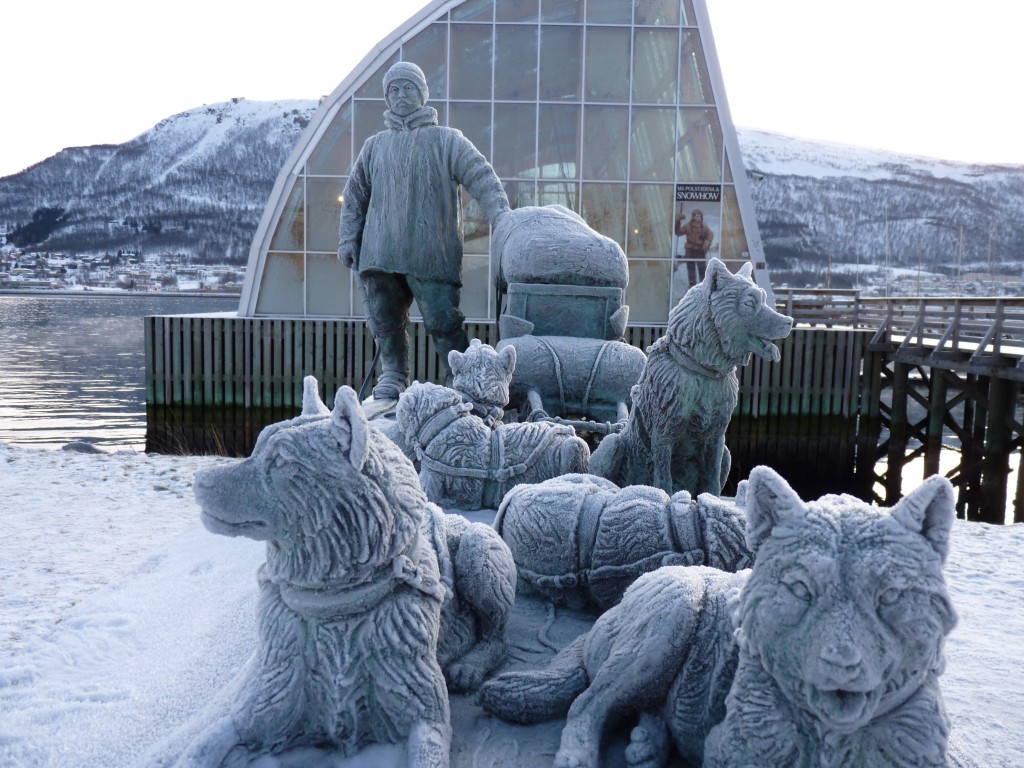
When Norwegian polar explorer Helmer Hanssen travelled in the early 20th century, the Arctic was a very different place. Statue in Tromso, close by Arctic Council headquarters. (I.Quaile)
20 years does not really seem like a long time. But when it comes to climate change in the Arctic, the last 20 years have brought more change than centuries gone by.
After the warmest winter in the Arctic since records began, the sea ice has declined to its second-lowest level ever. And the “second-lowest” tends to divert attention from the fact that the sea ice cover has dwindled to nearly 2.56m sq km less than the 1979 to 2000 average. That’s the size of Alaska and Texas combined.
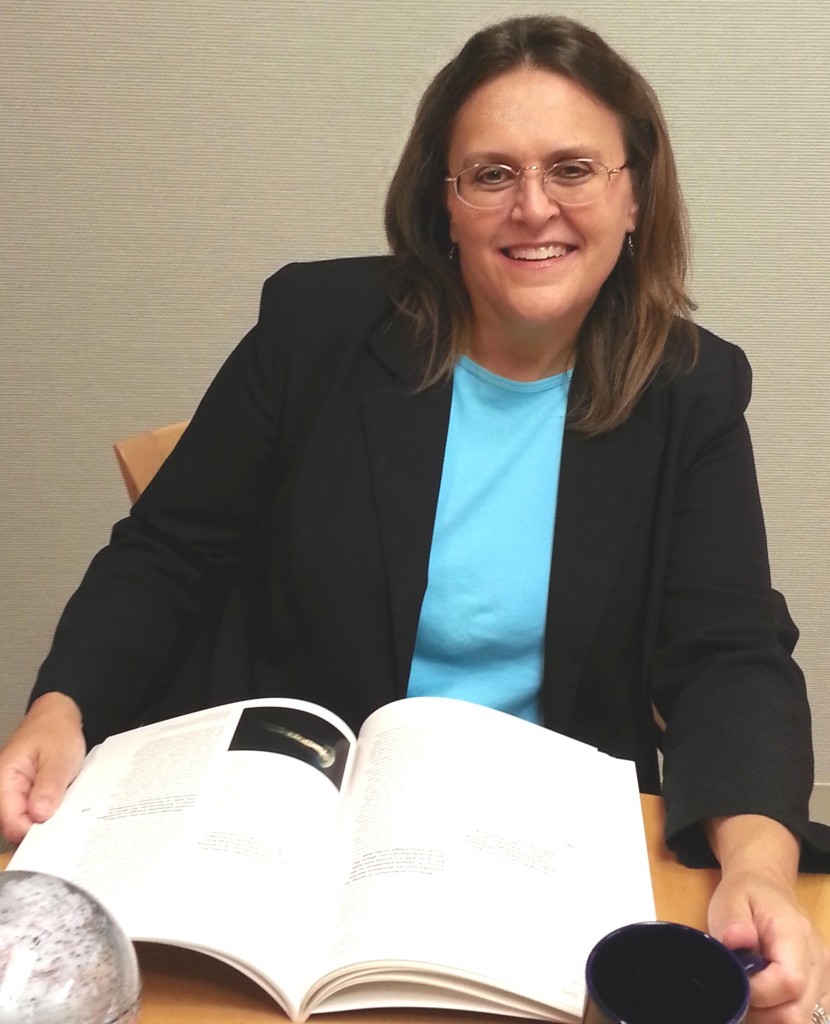
Julia Gourley, US Senior Arctic Official, has a background in environment policy. (Courtesy Arctic Council)
So the Arctic Council is celebrating its twentieth birthday at a time when concern over the impacts of planetary warming on the high north could hardly be greater.
I had the chance to interview Julia Gourley, the US Senior Arctic Official on the telephone ahead of the birthday. The US, of course, currently holds the two-year chairmanship of the body. I asked her how the Council had changed over the past 20 years.
“In the early days the Arctic state focused almost exclusively on environmental protection and science issues. But over the 20 years the countries have shifted the focus a bit. Certainly we still spend a lot of time trying to understand the environmental change that’s been going on. We spend much more time now on sustainable development issues, which in the Council generally refer to issues that affect the people of the Arctic, in particular the indigenous people. We’ve learned a lot in 20 years about the people who live there and the challenges they face.”
And those challenges are increasing all the time, especially because of the rapid pace of climate change.
Melting ice, easier access
The increase in human activity, as remote Arctic regions become more easily accessible has turned protecting the region into a whole new ball game. Gourley cites cruise ships, offshore oil and gas development , fishing and shipping as issues which have moved up the agenda.
Clearly, this means more work for the Arctic Council – and has also brought a lot more global interest in the region:
“We have 32 observer entities now, 12 of whom are countries. There are many more in the queue that are seeking observer status. What happens in the Arctic affects the entire planet, so countries all over the world are becoming interested in the region”.
With a big player like China taking a huge interest in the Arctic and looking to establish ports and secure its own access to the region, and political tensions between some of the Council members, such as Russia and the EU or the USA itself, the shadow of conflict always seem to be lurking in the background. Gourley is keen to play this aspect down. She stresses the key role of the Council in keeping the Arctic peaceful and encouraging cooperation. The USA, she says, welcomes the increasing interest by non-Arctic states – although, she adds, each of the Arctic states has their own views on that.
“We feel like we have a lot to learn as a group of Arctic states still about how the Arctic affects the rest of the world, and the more countries that are in the room listening to the discussion and learning from it and can contribute to it, the better. So we encourage non-Arctic countries that have particular expertise, to contribute to the work of the council – the scientific work, the technical work, economic work.”
Shared responsibilities
When it comes to regulating activities in the Arctic, the Council itself is not a regulatory body, but it contributes expertise to others.
“When it comes to shipping, the International Maritime Organisation is the regulatory authority all over the planet. But the Council has a strong interest in shipping in the Arctic, and so the Council has done some seminal work on the Arctic shipping situation, including a very important piece of work in 2009 called the Arctic Marine Shipping Assessment. That was the first time anyone in the world had looked deeply into the state of shipping in the Arctic in the face of climate change and reducing sea ice. That study is still cited today”.
When it comes to regulating offshore activities like mining and fishing, the Arctic states also have their own regulatory regimes, “ so it’s sort of a mix of regulatory activity by lots of different entities”, Gourley explains.
The US Arctic representative is bound, of course, to take up a diplomatic stance. But while she stresses the Council’s efforts to keep tensions low and foster cooperation rather than conflict, she does make one qualification:
“The tensions in other parts of the world haven’t affected the work of the Council. That said, of course we all have our own national views about a lot of the issues that face the Arctic. But as to working together as a group of eight countries, together with the observer states and NGOs, it really has worked quite well. We’ve managed to carve out a space that we can work in collaboratively. Now, that doesn’t mean that will always be the case. As things change in certain parts of the world it’s not easy to predict what could happen in the Arctic. But at least up to this point, we’ve been able to work together quite well.”
Balancing act
Presumably, with climate change having such a strong and rapid impact on the Arctic, there are bound to be increasing differences of opinion when it comes to striking a balance between preserving the Arctic as it is on the one hand, and on the other developing commercial and industrial activities. The US representative was quite realistic on this one:
“Yes, that’s a real tension. I think that chapter of the Arctic story is still being written. Each Arctic state comes at those questions in their own waters and their own exclusive economic zones differently, and each country’s regime is slightly different. So it’s hard to say there’s a single answer to how we resolve those questions. But it is something that is very real. It’s of concern in particular to a lot of Arctic indignous people, who want to live traditionally but also realize that modernity is moving into their world and in some cases economic development is very necessary to create good jobs and include living conditions. So it is a very real, very alive debate.”
Indeed. The Arctic conundrum in a nutshell.
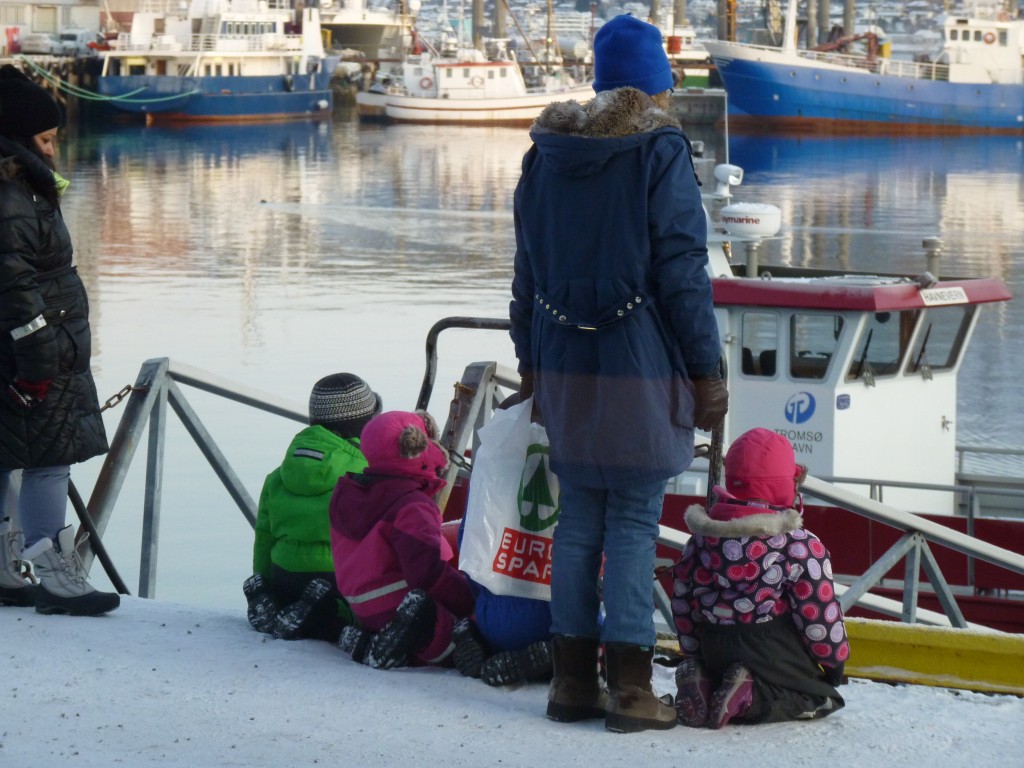
Arctiv development means jobs for the next generation. But can the fragile environment cope? (I.Quaile)
Tackling black carbon
What happens in the Arctic doesn’t stay in the Arctic – and pollution produced in the rest of the world doesn’t stay out of the Arctic.
While the UN has its own body tasked with combating climate change, there are other climate-forcing agents which affect the Arctic particularly strongly, such as black carbon or soot. The Arctic Council sees this as an area where it has a key role to play:
“Black carbon itself is not part of the UNFCCC, so it’s not part of any global regulatory regime. So we are working in the Council on ways to reduce black carbon emissions voluntarily. So I think that’s going to have some very positive results.”
At the end of our talk, I wanted to know whether optimism outweighed concern or vice versa when it comes to the future of the Arctic in our warming world. The answer didn’t surprise me. But the underlying sentiment that in spite of all the tension in the world and the feeling that climate change is gathering momentum and happening ever faster, we all have to pull together, is a message I can subscribe to:
“I think I feel optimistic in a way. Certainly, the melting that’s happening in the Arctic is potentially hugely problematic for the world. I think the science is pretty clear on that front. And it’s not going to change overnight. Even if the Paris Agreement is fully implemented right away, it’s a long time before the Arctic environment can stabilize. But when we have countries working together, if we can keep the conversation going, and we can encourage all of us in the Arctic and Arctic observer states, to work together to keep the conversation going, even if it’s slow, and to keep communication lines working, I think we do have room to be optimistic about that area of the world.”
The next 20 years are not likely to be less challenging than the last for the Arctic Council. On the contrary. You have your work cut out for you. Good luck – and happy birthday.
China, USA climate pledge – all talk, no action?

Arctic interest: China maintains a research station in Ny Alesund, Spitsbergen (Pic: I.Quaile)
In a blog post earlier this year, I mused on the danger of everybody sitting back saying, “Yes, we did”, while the planet continues to break all temperature records and fossil fuel emissions continue to rise, now that all the hype surrounding the Paris Climate Agreement in December has worn off. Back to business as usual?
It’s now September and China and the USA have made the headlines telling us they are ratifying the agreements. Of course nine months (since Paris) are tiny grains of sand in the giant egg-timer of planetary evolution. (Have those egg-timers themselves been consigned to the museum in our digital 21st century? Not important). But then again, we humans have “hotted up” the pace at which our climate, planet, atmosphere, ocean are changing dramatically.
Fireworks display or starting gun?
So how do I feel about the US-Chinese announcement? I wish I could say this makes me rejoice. Sure it’s a step in the right direction. And without action by these two top climate abusers, everybody else’s efforts would basically be worthless.
The agreement must be ratified by 55 parties representing 55 percent of total global emissions to enter into force. We are now at something like 25 parties and 40 percent of emissions, which gives ground for hope the agreement could enter into force by the end of the year.
But the proof, of the pudding lies, as always, in the eating.
The drivers of change
I have been convinced for some time that crippling air pollution will drive China to move away from fossil fuels.
I think back on an interview I recorded with Chinese expert Lina Li from the Adelphi thinktank in Berlin, when she told me she thought China’s air pollution problem would speed up the country’s ratification and implementation of the Paris Agreement. You were right, Lina!
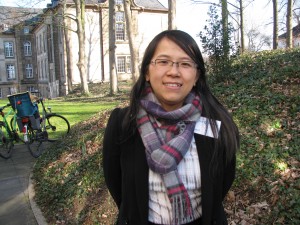
Lina Li from the Adelphi think-tank told me pollution concerns could speed up China’s climate action (Pic. I.Quaile)
As far as the USA is concerned, the outcome of the forthcoming election is clearly the key factor in determining how fast – or even whether – that country will move forward.
Doom and gloom?
Working on my Living Planet show for this week, I have been listening through reports on the Kuna people off the coast of Panama losing their island home to the waves, and how people in northwestern Kenya are starving because of changed rain patterns.
Forest fires, communities getting ready to “abandon home”, more extreme storms and flooding – these are all becoming so commonplace they are threatening to lose “news value”.
The CO2 concentration in the atmosphere is still climbing steadily. The global temperature is already one degree Celsius higher than it was at the onset of industrialization. That means very rapid action is needed to keep it to the agreed target of limiting warming to two degrees and preferably keeping it below 1.5 degrees.
A long, long way to go
Yes, the Paris Agreement was hailed widely as a breakthrough, with all parties finally accepting the need to combat climate change by reducing emissions of greenhouse gases. But so far, the emissions reductions pledged would still take the world closer to a three-degree rise in temperature.
Earlier this year, the International Energy Agency (IEA), issued a warning that governments can only reach their climate goals if they drastically accelerate climate action and make full use of existing technologies and policies. I wish I could say I could see this happening fast.
In my programme this week, I also have an interview my colleague Sonya Diehn conducted with Luke Sussams, from the UK-based think tank “Climate Tracker Initiative”. That is the group that came up with the term “stranded assets” which, in turn, inspired the Divestment movement.
He explains how it makes sound economic sense to shift investment out of coal and oil and into renewables. He thinks the clear advantages – less pollution, no greenhouse gas emissions, lower costs – are the best arguments to convince developing countries to “leapfrog” the fossil fuels stage and get into green energy – and into decentralized, off-grid solutions in a big way.
It’s the economy, stupid?
It seems those economic arguments are what we need. He cites the case of Rockefeller divesting from EXXON only after years of trying to convince them to change their policy on climate change. First, he argues, we should try to change things from within. If that fails, divestment may be the next option.
At the risk of seeming cynical, I have long believed that money is the key to saving the climate. The transition to a low-carbon economy is underway, but it will only succeed when governments and companies – and ultimately also consumers – realize it benefits their coffers and their pockets.
The technology is there. I am very doubtful about whether we will manage to get emissions to peak in time for us to keep to the 1.5 degree target which scientists have me convinced is what we need to do.
It seems we will need to move on to take some of the carbon out of the atmosphere using technologies now being tested – but no way ripe enough for mass implementation. I remember a Guardian interview with IPCC chief scientist Hoesung Lee a couple of months ago. He says we can still keep to the two-degree target, even if emissions do not peak by 2020, as ex- UN climate chief Christina Figueres maintained.
But he warned the costs could be “phenomenal”. He believes expensive and controversial geoengineering methods may be necessary to withdraw CO2 from the atmosphere and store it.
Meanwhile, that giant cruise-ship, the Crystal Serenity, is half-way through its controversial trip via the Northwest Passage. The operator says the trip is so successful and interest is so high they will do it again next year. They are unlikely to be foiled by a sudden onset of global cooling.
In scientific circles, the alarm bells are ringing over rising emissions from melting Arctic permafrost.
Did somebody say something about feedback loops and tipping points? Or do we just carry on regardless?
Olympics over, but Arctic ice still chasing records
The Rio games have come to an end. Summer is drawing to a close here in Germany. It feels more like autumn today, cool with heavy rainshowers. But there’s a heatwave around the corner after what most people agree has been a very strange summer.
July followed in the record-breaking trend of the earlier months of the year, being the hottest month ever recorded on the planet.
![]() read more
read more
Happy Birthday Koldewey Station
25 years ago, Germany set up its own Arctic research station in the tiny settlement of Ny Alesund, in the Svalbard archipelago.
Today, 11 countries run research stations there. Arctic research is a very international operation, and countries share the facilities available in Ny Alesund, one of the northernmost settlements in the world. Germany and French now run a joint station, known as the AWIPEV station, after the polar institutes of the two countries. The rest is in this picture gallery, which I put together to mark the station’s “silver jubilee”. It combines pictures from several visits I made to the station in recent years and some background about what happens up there in the “high north”.
25 years of German research in the Arctic.

View from Mount Zeppelin over the Kongsfjord, Svalbard, above Ny Alesund research village. (Pic. I.Quaile)



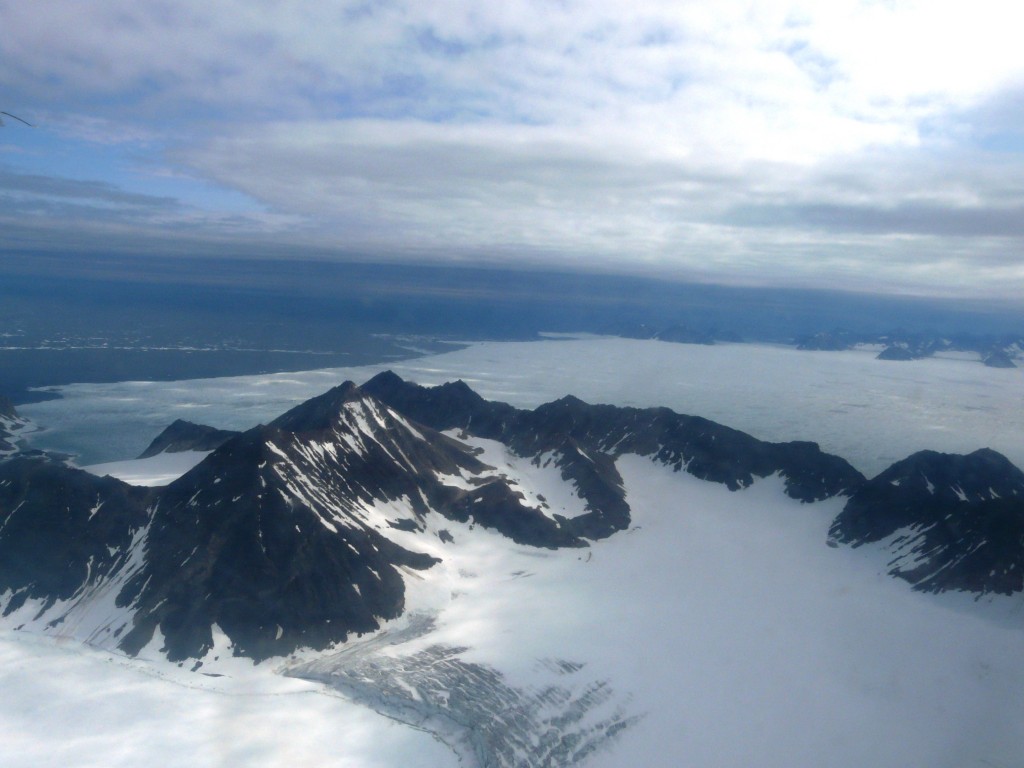
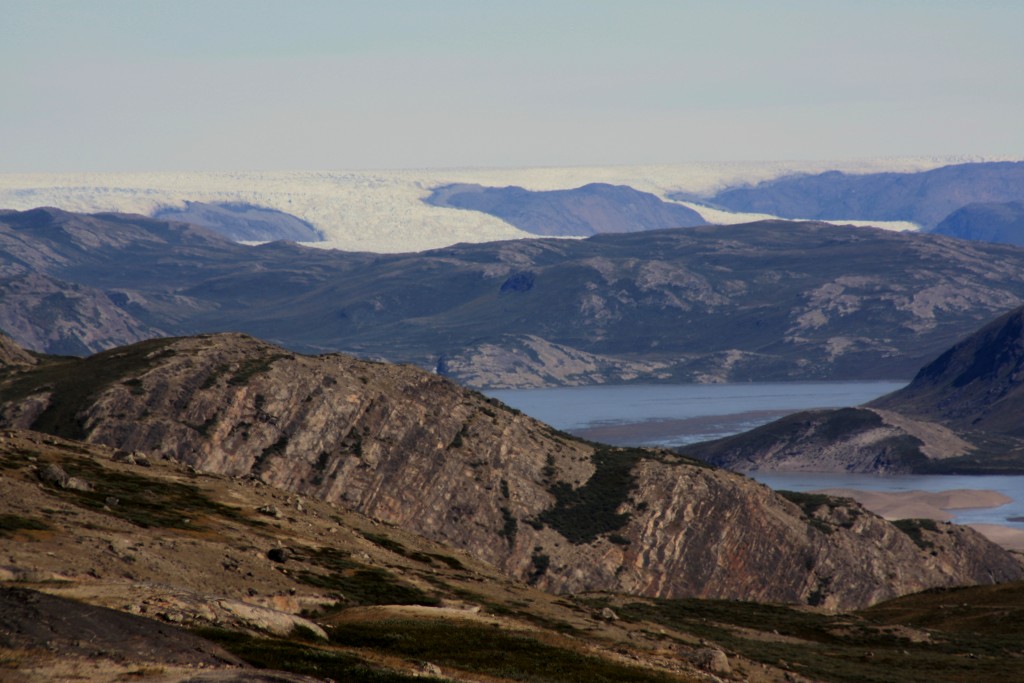

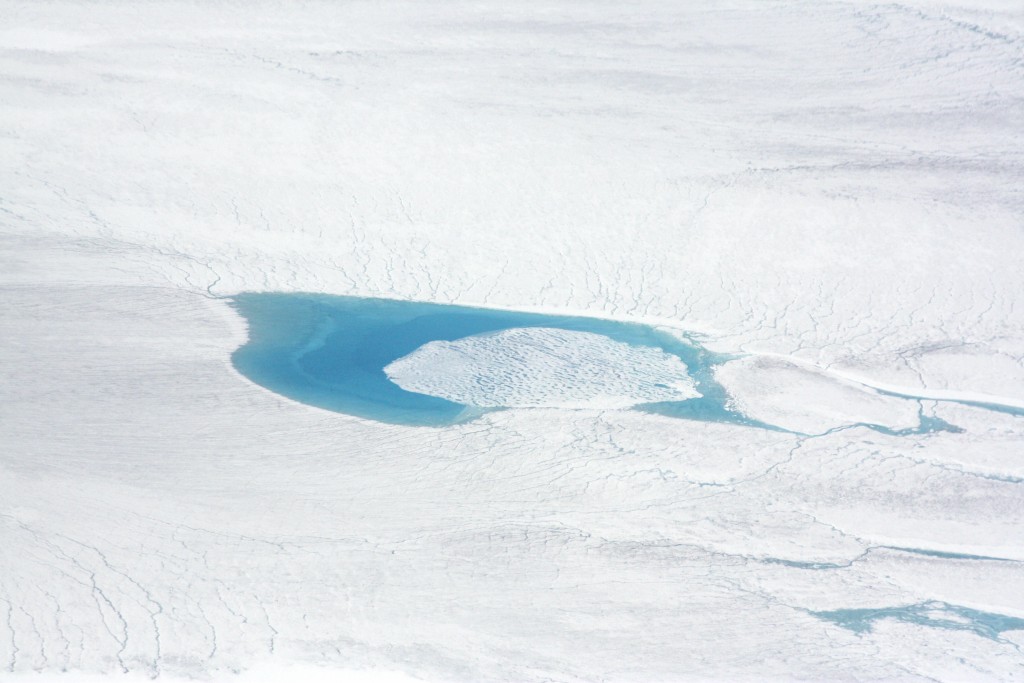



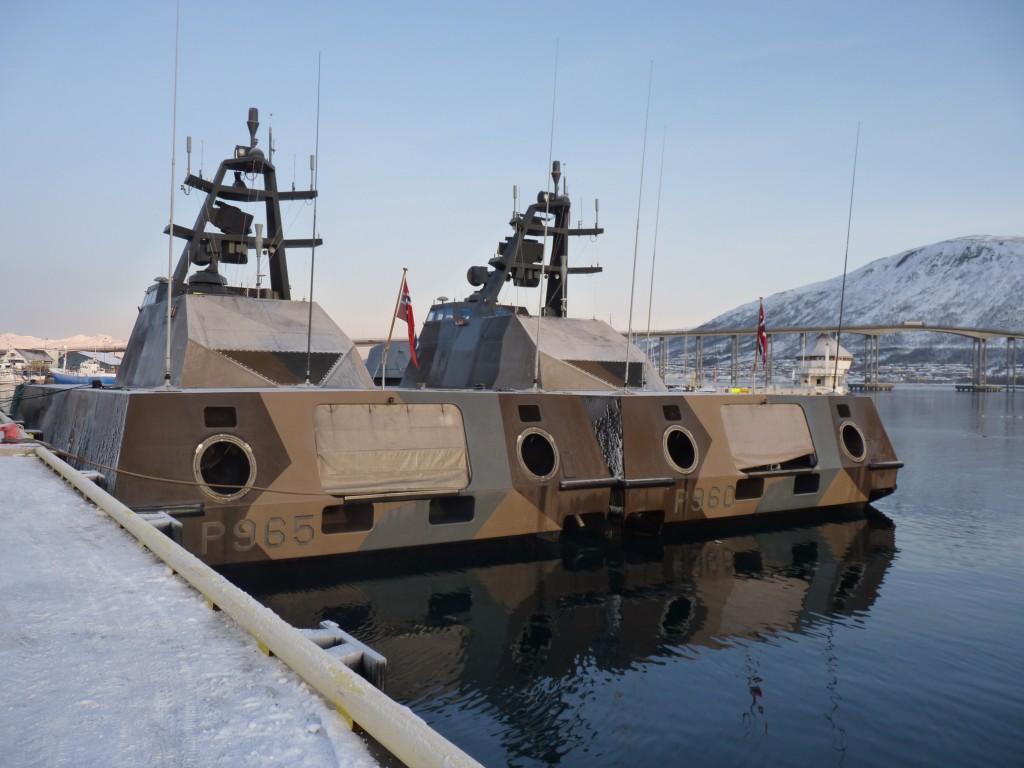
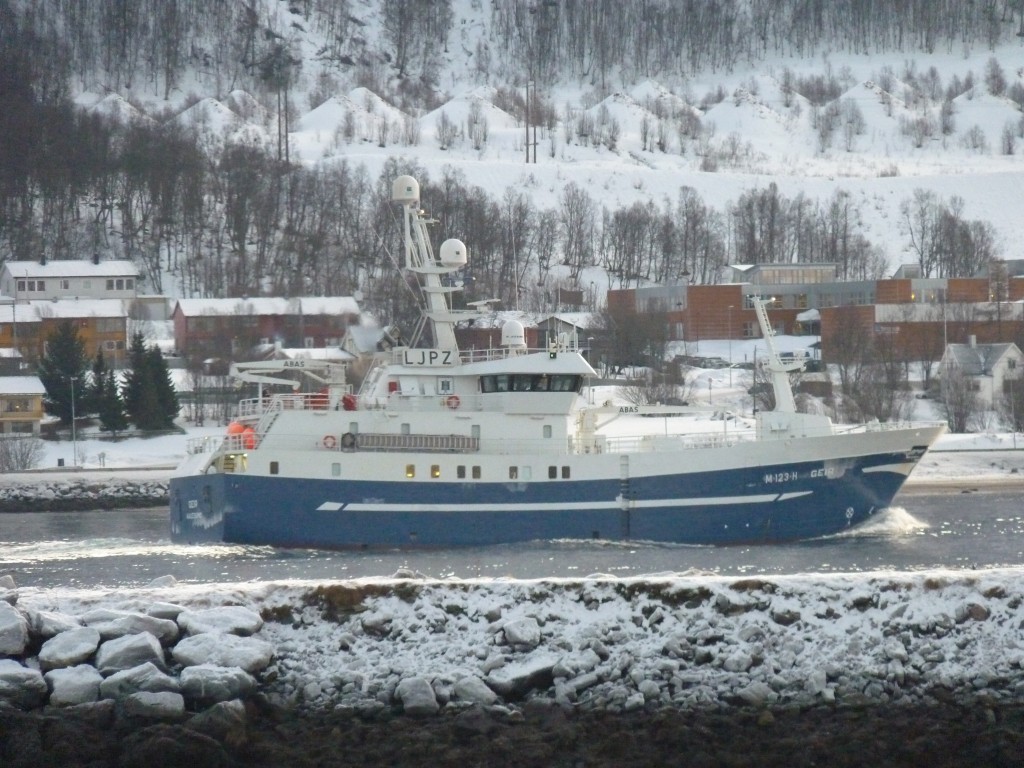


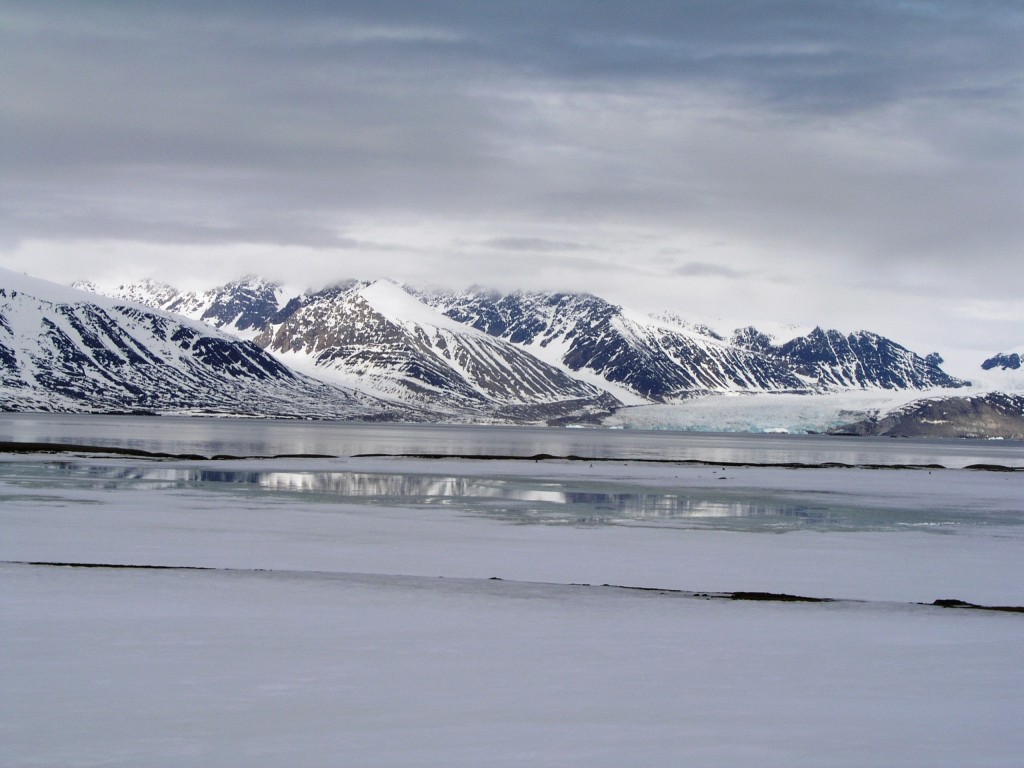

















Feedback